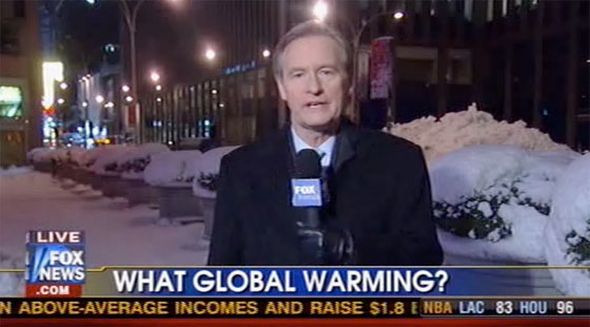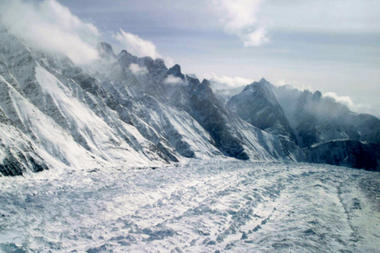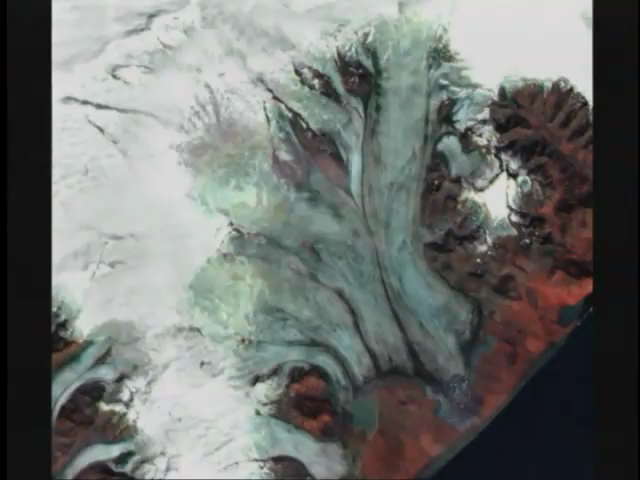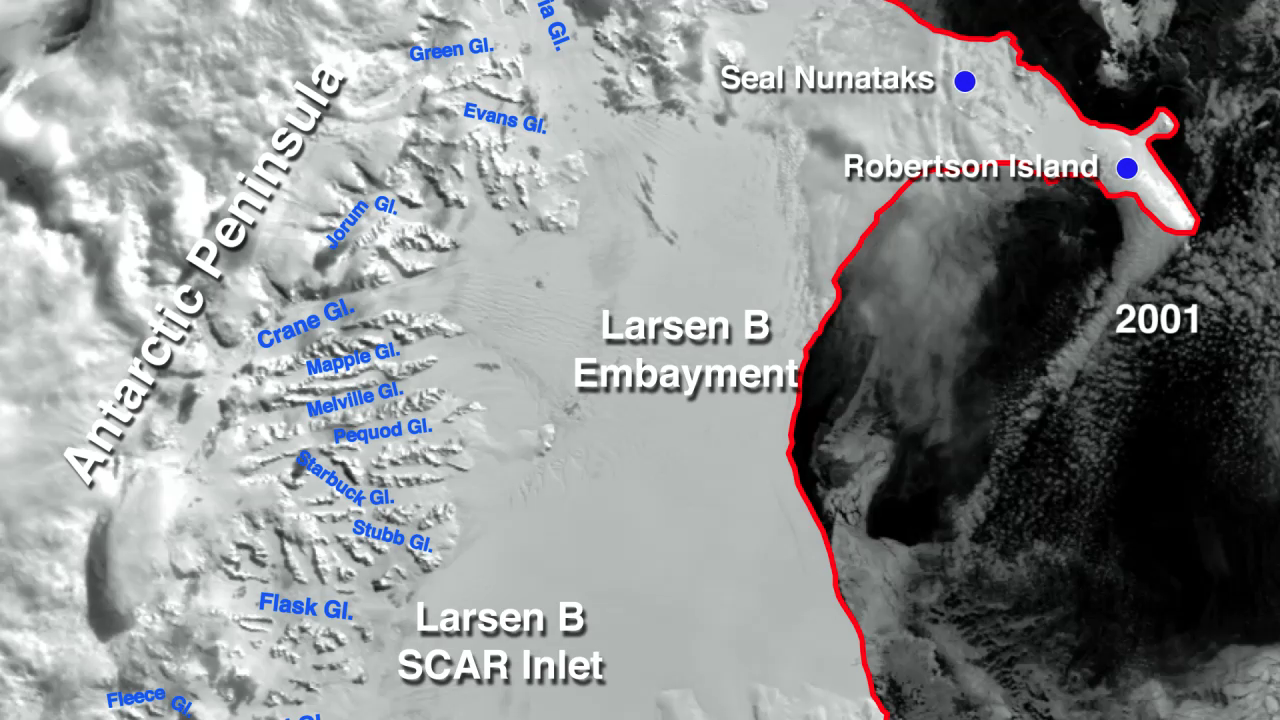
Chapter 1. Media Coverage: Fair and Balanced?
Introduction

Media Coverage: Fair and Balanced?

Click the Next button to start this activity
1.1 Media Coverage: Fair and Balanced?

What is the implication of the title of the story juxtaposed with the background picture?
| A. |
| B. |
| C. |
1.2 Media Coverage: Fair and Balanced?
As you listen to, read, or watch the news or other media sources, you are bombarded with information. While journalists are supposed to be fair and unbiased, they may find it difficult to report a story in a completely unbiased fashion. After all, they are also trying to increase their viewer base. Catchy titles and intriguing photos are all part of their attempt to catch our attention. They are also potential sources of bias.
Climate change is an area of environmental science where many uncertainties about the future exist. There is an abundance of data supporting the notion that the climate is changing (see Chapter 22). Yet we still hear media stories about the uncertainties of the existence of climate change, the causes, and the solutions.
In this tutorial, you will explore several media sources and learn how to look for bias.
1.3 Glaciers: Coming or going?
Open this link and read the short article.
http://www.ndtv.com/article/world/karakoram-glaciers-growing-against-global-warming-trend-203347
When evaluating media, always look for the source. Where did this article originate?
| A. |
| B. |
| C. |
| D. |
1.4 Glaciers: Coming or going?

Next, go to the following link and read a similar story. Make sure you note the name of the news source.
http://www.csmonitor.com/Science/2012/0416/Himalayan-glaciers-could-be-growing-new-study-finds
A quality news story always lists its source. According to both articles, in what scientific journal was the research published?
| A. |
| B. |
| C. |
| D. |
1.5 Glaciers: Coming or going?
As you read the article, did you get the sense that the author has an opinion about global climate change? If so, what do you think the opinion is? Why?
| A. |
| B. |
| C. |
1.6 Glaciers: Coming or going?
Now, watch the video at this link.
http://video.foxnews.com/v/1572417051001/cold-hard-inconvenient-fact
The correspondents in this story claim that previous news stories selected a glacier in South America as an example of a retreating glacier, while another glacier thirty miles away was growing.
In the research reported in this story, how many glaciers were measured and found to be growing?
| A. |
| B. |
| C. |
| D. |
Where is the climate expert in this story employed?
| A. |
| B. |
| C. |
| D. |
Subtitles of the story include "Cool it! Glaciers grew 0.22 meters per year" and "Ice Ice Baby. 9 yr study shows glaciers’ mass increasing". By implication, how many glaciers are being referred to?
| A. |
| B. |
| C. |
| D. |
1.7 Glaciers: Coming or going?
Rewrite the subtitles to accurately reflect the research presented in the journal article.
Instead of "Cool it! Glaciers grew 0.22 meters per year", what might you say instead?
| A. |
| B. |
| C. |
1.8 Glaciers: Coming or going?
Another claim of the article is that the amount of ice in Antarctica is growing, not declining. What do different news agencies say about the Antarctic?
Go to this link and read the article.
http://www.news.com.au/antarctic-ice-is-growing-not-melting-away/story-0-1225700043191
Using the questions below, does this article seem to have any bias? What organization does the main scientist quoted work for? Is the work being published in a reputable scientific journal? Are there extreme modifiers in the language of the story? Are there links to outside websites that have an obvious bias?
1.9 Glaciers: Coming or going?
Based on the answers to these questions, the article seems to show little bias. The title may imply bias that supports climate deniers, but it is minor. Another way to look for bias is to evaluate the treatment of experts or officials. In this article, the federal Environment Minister Peter Garrett is quoted.
Based on the placement of quote in the article, what do you think is the author’s opinion of Mr. Garrett?
| A. |
| B. |
| C. |
1.10 Glaciers: Coming or going?
The article you just read presented one piece of evidence about melting Antarctic ice. Let’s look at another. Read the article at this link:
http://www.washingtontimes.com/news/2012/apr/25/study-antarctic-ice-melting-from-warm-water-below/
And watch the video
http://www.youtube.com/watch?feature=player_embedded&v=08sDlxhNEHQ
Using the same questions from the previous article, evaluate the article for bias. What is your conclusion about the article? Based on the links to other news stories and editorials, do you think the Washington Times generally held to be
| A. |
| B. |
1.11 Glaciers: Coming or going?
As a final part of this tutorial, watch the following two videos. Based on the articles that you read as part of the tutorial, how would you explain these videos to someone unfamiliar with climate change?
Iceland Glacier Recession 1997 to 2000; from NASA Goddard Space Flight Center. Pictures from Landsat 5 and 7 --

http://svs.gsfc.nasa.gov/vis/a000000/a002100/a002102/a002102.mp4
Satellite images of the Larsen Ice Sheet in western Antarctica from 2001 to 2009. The red line indicates the boundary of the sea ice shelf and glaciers.

http://svs.gsfc.nasa.gov/vis/a000000/a003800/a003803/larsen.mp4
1.12 Activity Completed!
Activity results are being submitted...